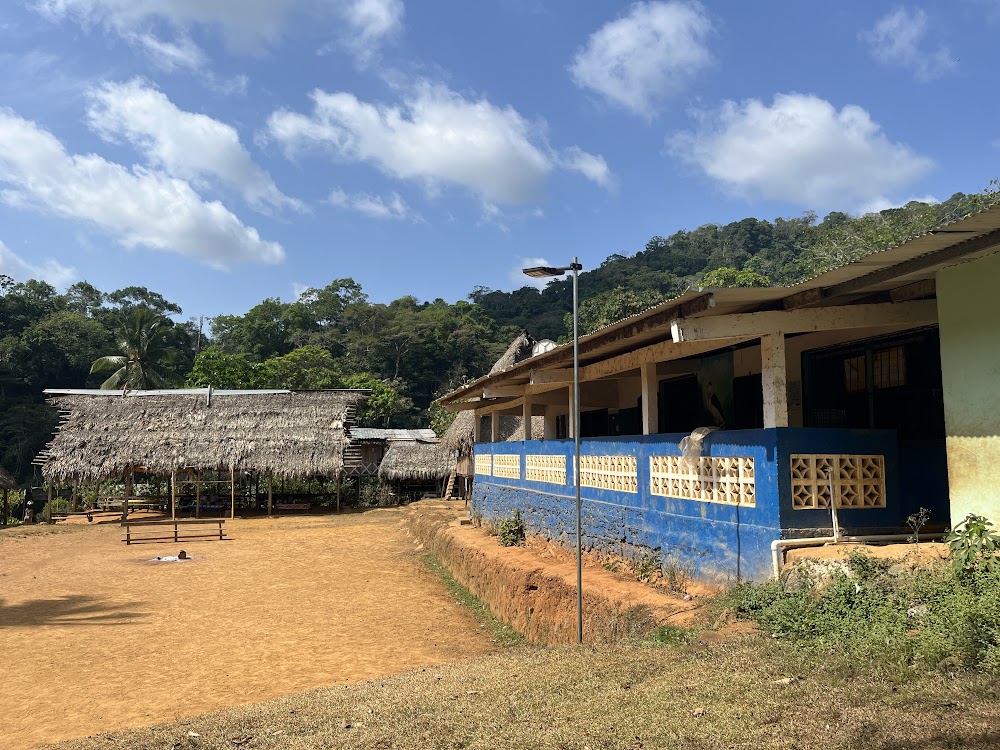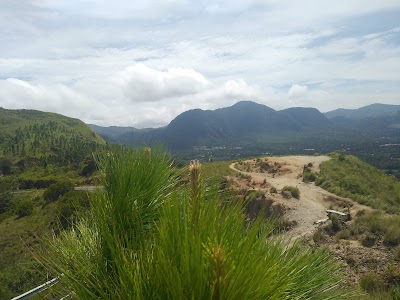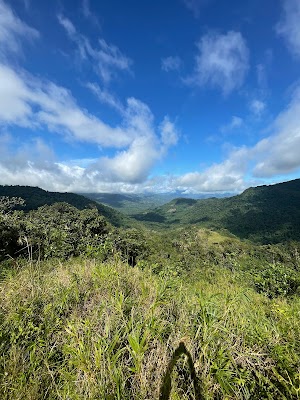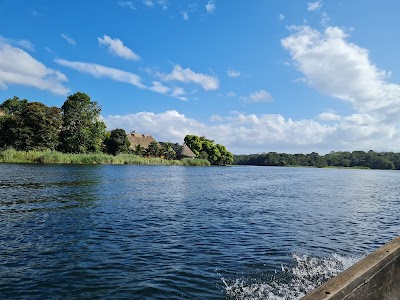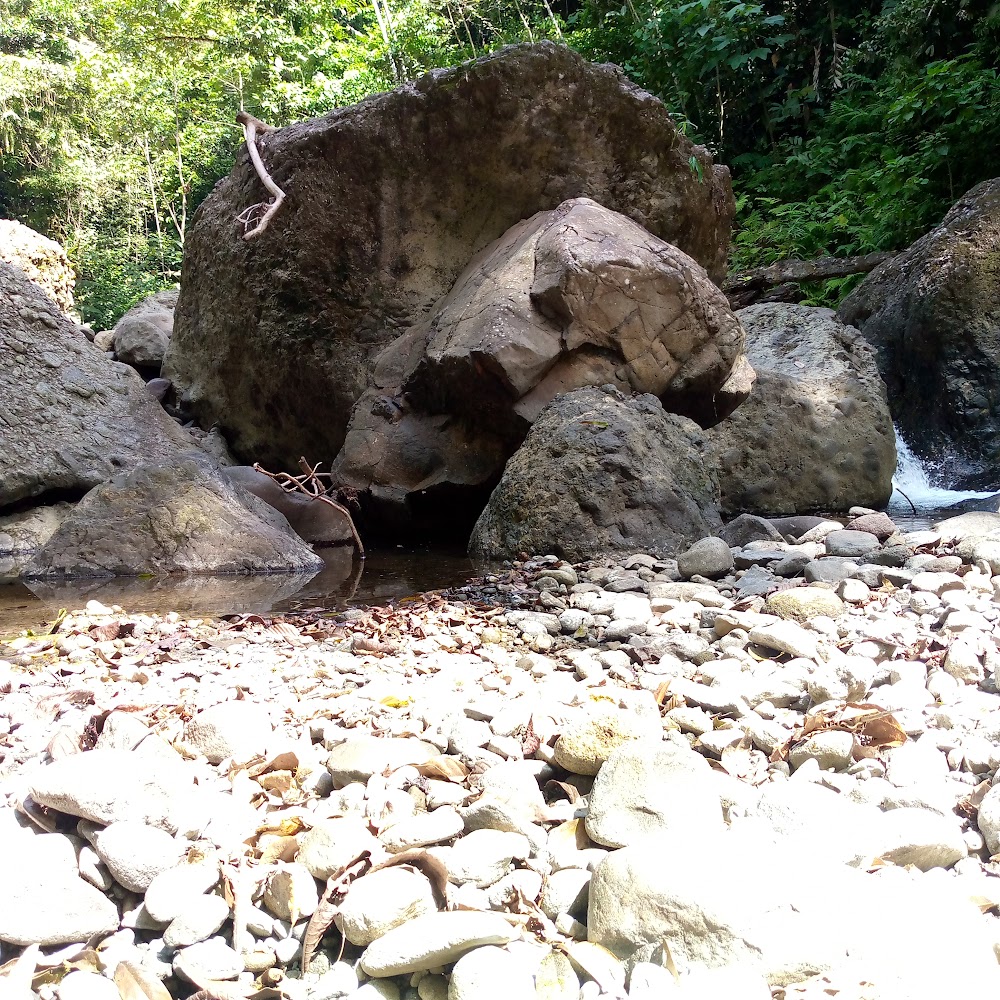Embera Village (Aldea Emberá)
Overview
In the heart of the lush Panamanian rainforest lies the **Embera Drua Village**, a tranquil community nestled within the Emberá-Wounaan Comarca. This vibrant village serves as a gateway to the ancient traditions and craftsmanship of the Emberá people, offering visitors a glimpse into a rich cultural heritage preserved over centuries.
The **Emberá people**, originally from regions now known as Colombia and Panama, share a profound connection with nature that is beautifully reflected in the village's construction. The homes, known as **tambo**, are uniquely designed round or oval structures elevated on stilts to safeguard against flooding and wildlife. These dwellings are crafted using materials sourced directly from the surrounding environment, showcasing the community's respect for nature.
**Bamboo and palm leaves** form the backbone of these remarkable structures. The bamboo provides a sturdy yet flexible framework that can withstand the rainforest's humid conditions, while the meticulously woven palm leaves create thatched roofs designed to repel rain and ensure ventilation, keeping the interiors cool and comfortable.
Constructing a tambo is a communal effort that embodies the village's spirit of cooperation. Men typically harvest bamboo and other essential woods from the forest, while women and children gather palm leaves. Remarkably, the bamboo poles are tied together using natural vines instead of nails or synthetic materials, allowing the structures to harmonize with their environment. This collaborative construction process strengthens the bonds among villagers, fostering a strong sense of unity.
One of the standout features of **Embera Drua** is its vibrant artistry. The Emberá are renowned for their intricate wood carvings and basketry, often depicting animals and patterns inspired by the lush jungle surrounding them. These crafts are not just decorative; they serve practical purposes and are created using sustainable methods. The dyes used for their baskets and carvings are derived from local plants and fruits, ensuring that every piece is environmentally friendly and culturally significant.
Life in Embera Drua is intricately tied to the **rhythms of nature**. The villagers rely on agriculture, fishing, and hunting for sustenance. They cultivate crops such as corn, plantains, and yuca, employing traditional farming techniques passed down through generations. Fishing is both a vital food source and a cherished cultural practice, with canoes carved from tree trunks and nets woven from natural fibers reflecting their resourcefulness.
Visitors to Embera Drua are often captivated by the strong sense of community and cultural preservation. The village has embraced tourism, inviting outsiders to experience their way of life firsthand. Guests are welcomed with traditional music and dance performances, where rhythmic drumbeats and vibrant costumes narrate the Emberá's rich history and beliefs.
**Education** holds great importance in Embera Drua, with a small school where children learn both traditional knowledge and modern subjects. This commitment to education ensures that the younger generation retains their cultural heritage while acquiring the skills necessary to navigate the broader world beyond the village.
The **Embera Drua Village** stands as a testament to the resilience and ingenuity of the Emberá people. Despite facing the challenges of modernity and environmental changes, the villagers have successfully maintained their traditions and live harmoniously with nature. Their story is one of adaptation and respect for the land, providing an inspiring model of sustainable living in our increasingly urbanized world.



